Gallery
Photos from events, contest for the best costume, videos from master classes.

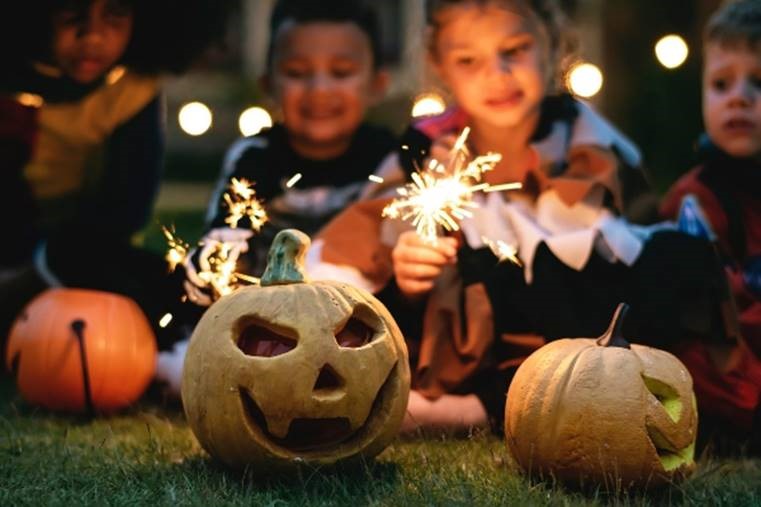
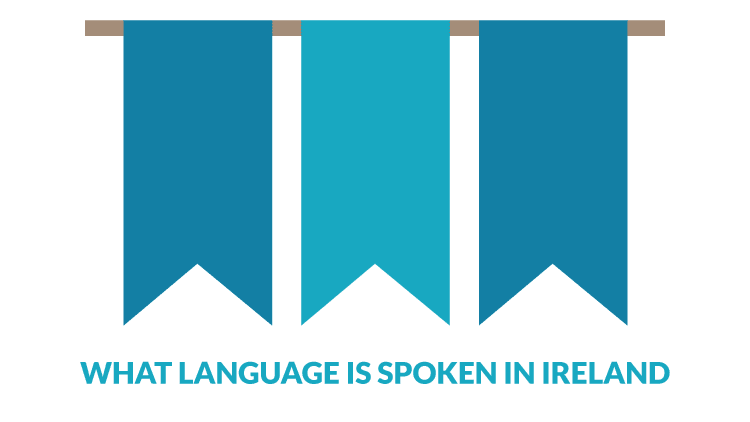
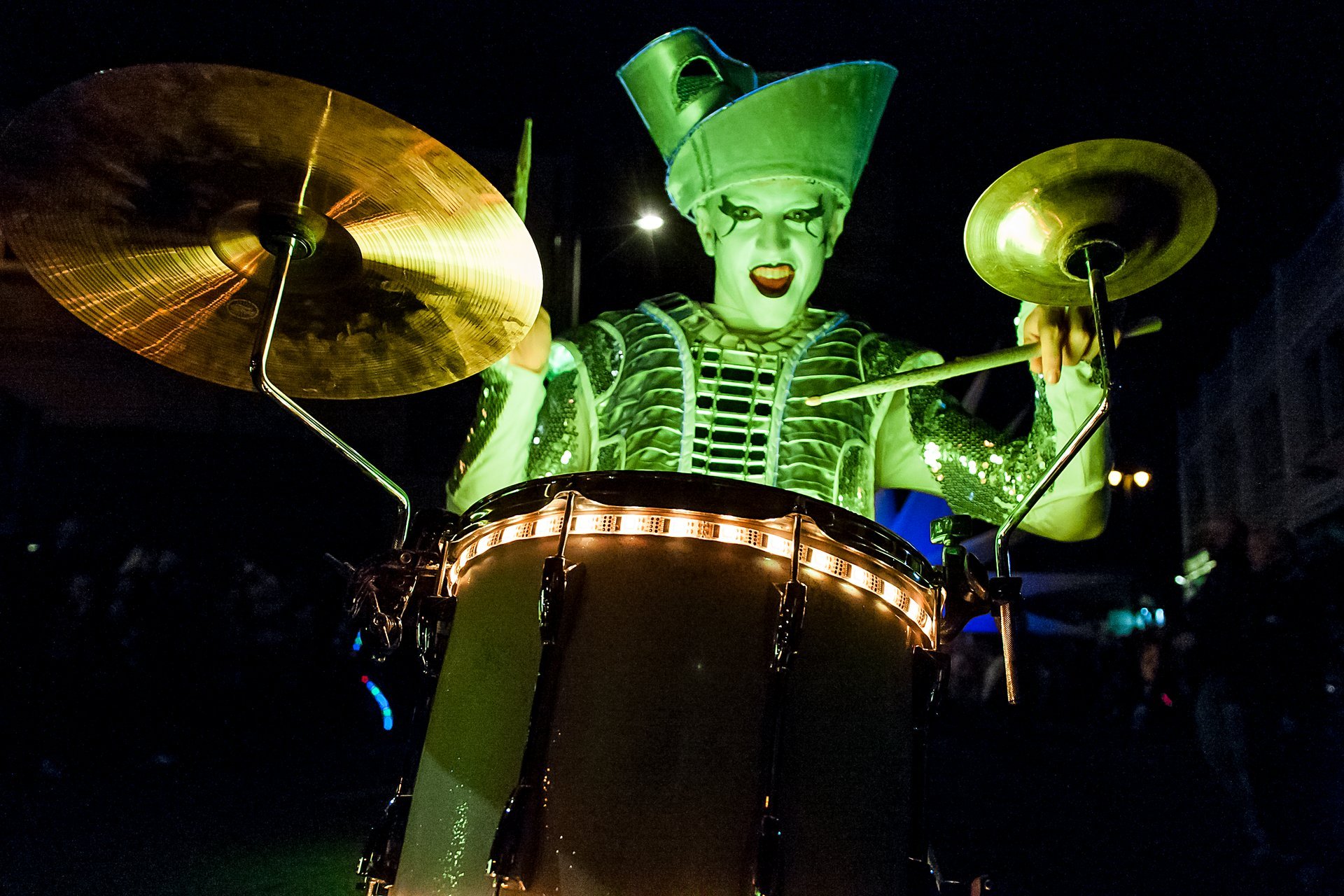
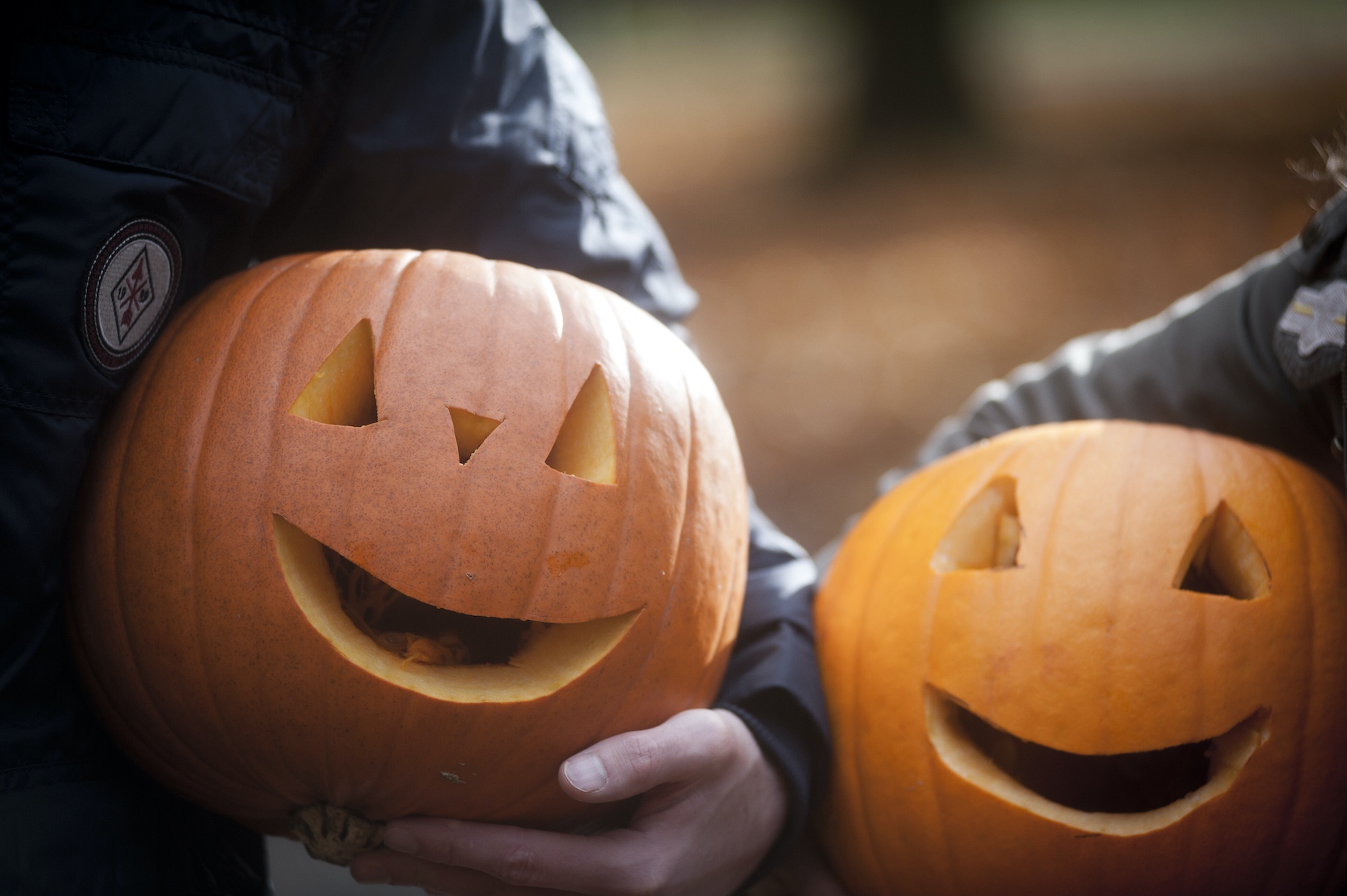


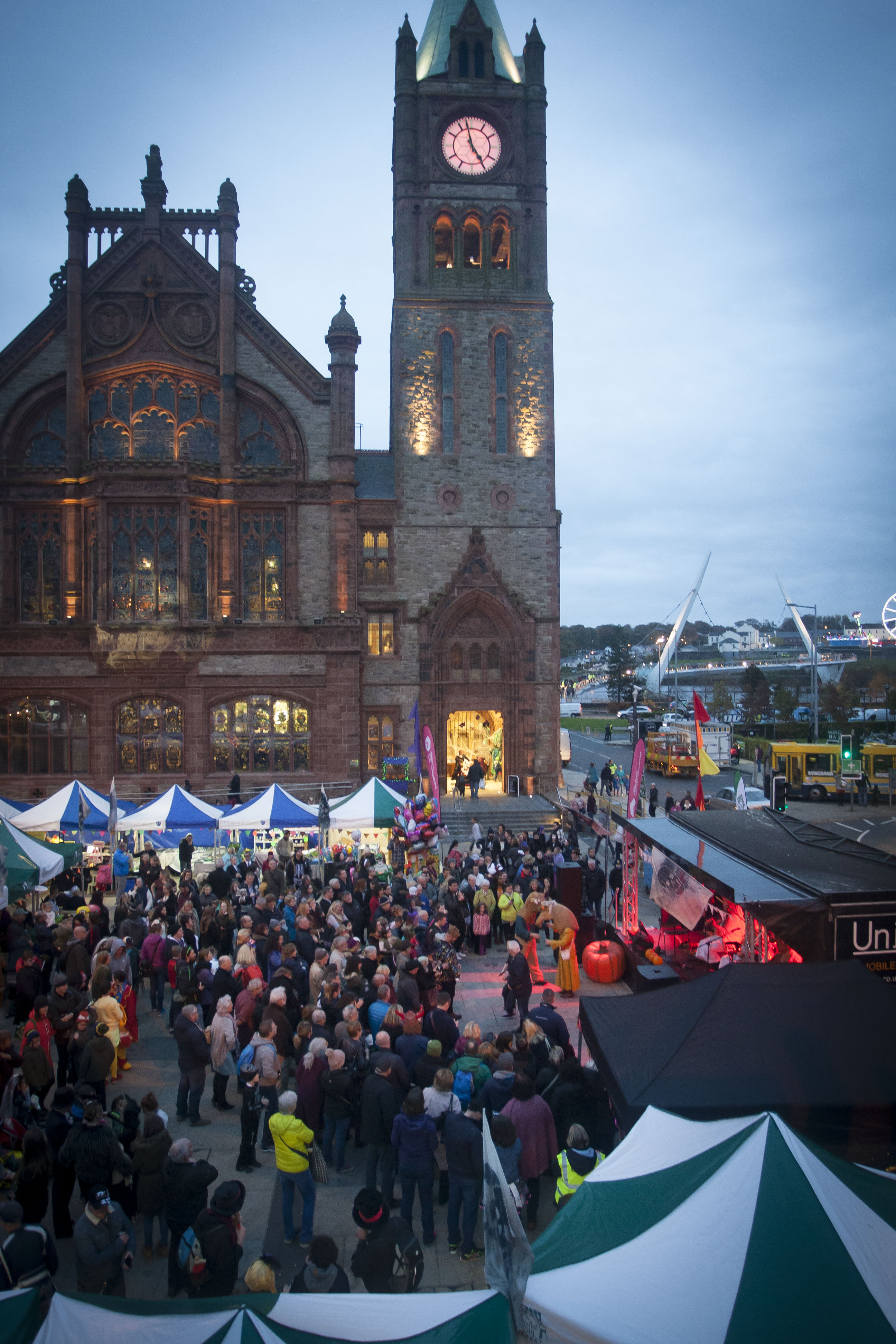


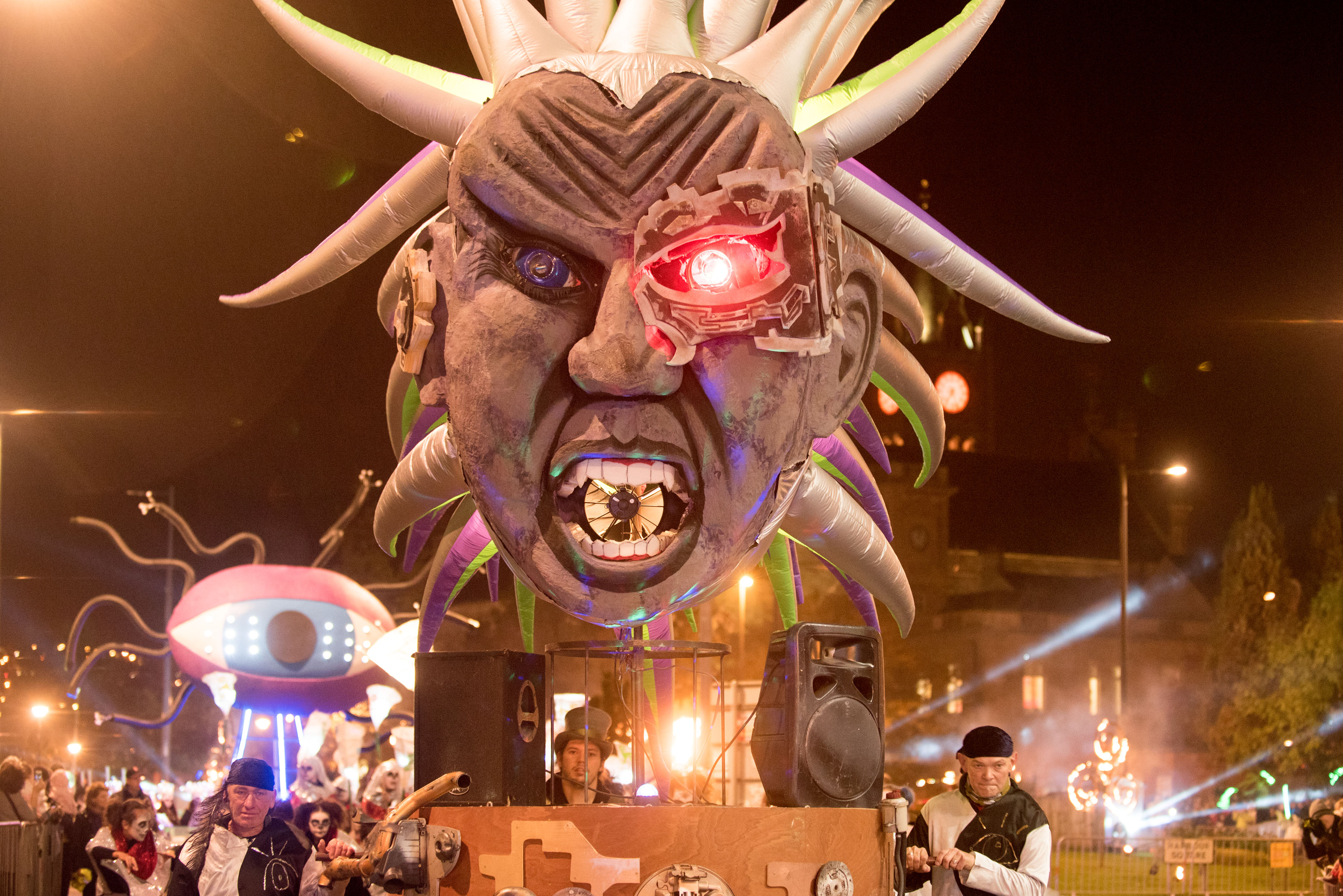
The night we call “Halloween” in English is Oíche Shamhna (EE-hyeh HOW-nuh): literally “Samhain Eve” (“ Samhna” is the genitive of “ Samhain.”. The genitive case is a form of the noun which often indicates possession, or in this case, “the night of Samhain “. You can learn more about the genitive case in a special course on As Christianity spread across Europe, including Ireland, pagan rituals of Samhain died over time. In its place, Halloween became the main festivity although some of the traditions of Samhain remained. Bonfires were lit across Ireland during Halloween night, reminiscent of the ancient Samhain rituals. These fires were meant to protect the Many Hallowe’en traditions come from the Irish celebration of Samhain. It was a pagan celebration in Ireland (and probably in other near-by lands, too). To celebrate, we’ve made a new Hallowe’en Irish language lesson available. It’s free below. It’s a sample of content from Bitesize Cúrsaí: our library of online Irish language Halloween’s origins are deeply rooted in Ireland, with traditions and customs that date back millennia to ancient Celtic practices. Originally known as the festival of Samhain, it was the day that marked the end of the harvest season and the dawn of winter. If you’re in any doubt about Halloween’s Irish origins, we’ve enlisted the help Samhain ( pronounced /sow-ween/ in Irish) is the final fire festival of the Celtic year. Between October 31st and November 1st, the harvest season comes to a close and winter is ushered in. The traditions that we use to celebrate Halloween today began thousands of years ago with this ancient Irish high holiday. These carved pumpkins, known as jack-o-lanterns, are an iconic symbol of Samhain and are a tradition that has continued to modern-day Halloween. The idea originated from the Irish legend of Stingy Jack, and these lanterns were believed to ward off evil spirits during Samhain and guide souls that may be lost. Over 2,000 years ago in Ireland, there were four fire festivals to mark the turning of the seasons, Imbolc (beginning of spring), Bealtaine (beginning of summer), Lughnasadh (beginning of autumn), and Samhain (beginning of winter). Samhain being important as it was the start of the dark half. The beginning of Samhain was marked by the Great The name Halloween is derived from ‘All Hallow’s Eve’ because ‘All Hallow’s Day’ is on 1 November. Also known as ‘All Saint’s Day’, it is a holiday that was traditionally dedicated to honouring saints. All Saint’s Day is still celebrated in western Christianity on 1 November, followed by ‘All Soul’s Day’ on 2 November Preheat oven to 350 degrees F (175 degrees C). Grease a 9 inch Bundt pan. Stir together the flour cinnamon, nutmeg, and baking soda; set aside. Beat the egg, sugar, marmalade, orange zest, and tea From funny pranks to smashing cabbages, Halloween games in Ireland have always been seen as a young troublemaker’s paradise. Halloween is a great time to try some of the traditional drinks in Ireland as well! 9. Snap Apple. This is quite a popular and fun Irish Halloween tradition to play in a parlor or household. Samhain (/ ˈ s ɑː w ɪ n / SAH-win, / ˈ s aʊ ɪ n / SOW-in, Irish: [ˈsˠəunʲ], Scottish Gaelic: [ˈs̪ãũ.ɪɲ]), Sauin (Manx: [ˈsoːɪnʲ]) or Oíche Shamhna (/ ˈ iː h ə ˈ h aʊ n ə / EE-hə HOW-nə) is a Gaelic festival on 1 November marking the end of the harvest season and beginning of winter or "darker half" of the year. [1] Want to travel further afield? The Púca Festival is a folklore-infused celebration of Ireland as the original birthplace of Halloween. The event takes place in County Meath in Ireland’s Ancient East, and is filled to the brim with dazzling spectacle, music, harvest food and more. In Northern Ireland, Derry Halloween is a must see. For over Google's service, offered free of charge, instantly translates words, phrases, and web pages between English and over 100 other languages. Traditional Halloween in Ireland. Over the years, Irish Halloween has become an integral part of culture and celebrations each year. With many new events showing up each year, it is vital to maintain the Irish Halloween traditions of old. From bobbing for apples to trick or treating, Halloween in Ireland has become a worldwide celebration. Google's service, offered free of charge, instantly translates words, phrases, and web pages between English and over 100 other languages. Fun at the Púca Festival in Meath. Photo: Tourism Ireland. Other events to watch out for include Sorcas na Samhna, a traditional circus show that includes ultra modern lighting, dancing and special effects; Beyond the Veil Púca Trail, a haunted walking tour through the streets of Trim; the adults-only Samhain Circus that includes a creepy cabaret, high wire acts, burlesque, and fire Samhain in Ireland, an ancient Celtic festival celebrated on October 31st, is where our modern Halloween comes from. In this article, we’ll explore the history and meaning of Samhain in Ireland, looking at the traditions and beliefs that have shaped this holiday over the years. The Conor Pass, on the Dingle Peninsula, County Kerry, Ireland. People speak a mix of English and the Irish language in Dingle. What is The Irish Language? Kenmare, County Kerry. It's a beautiful spot in Ireland. If you wanted to get the translation for “Halloween” in Irish, now's your chance to dive deeper! Google's service, offered free of charge, instantly translates words, phrases, and web pages between English and over 100 other languages. Samhain is a pagan religious festival originating from an ancient Celtic spiritual tradition. In modern times, Samhain (a Gaelic word pronounced “sow‑win”) is usually celebrated from October
Articles and news, personal stories, interviews with experts.
Photos from events, contest for the best costume, videos from master classes.











